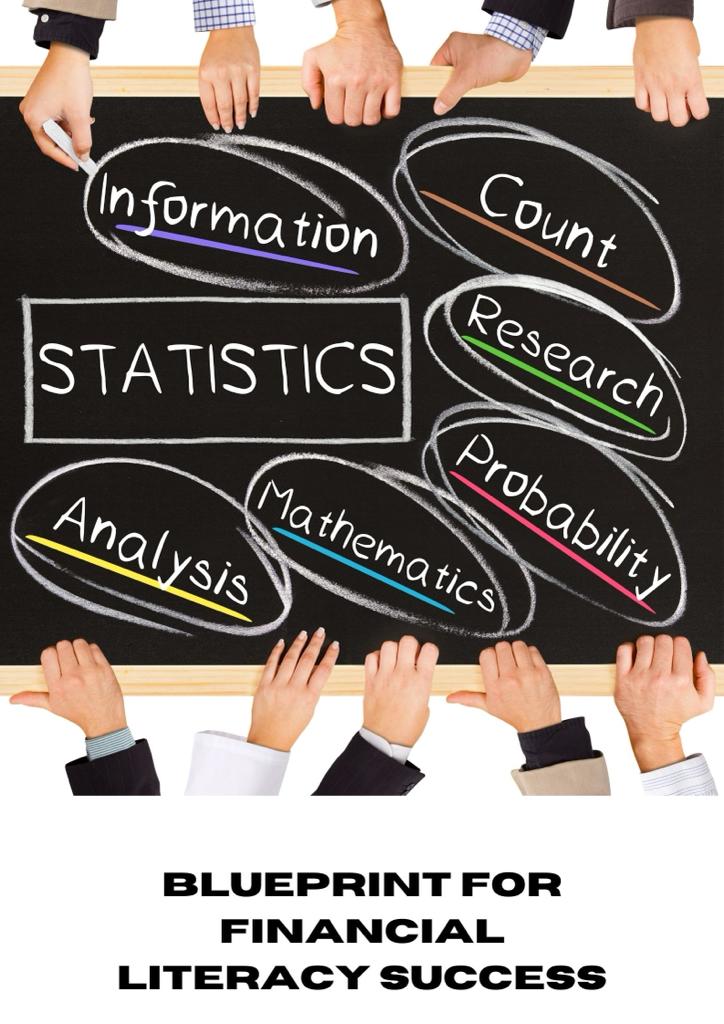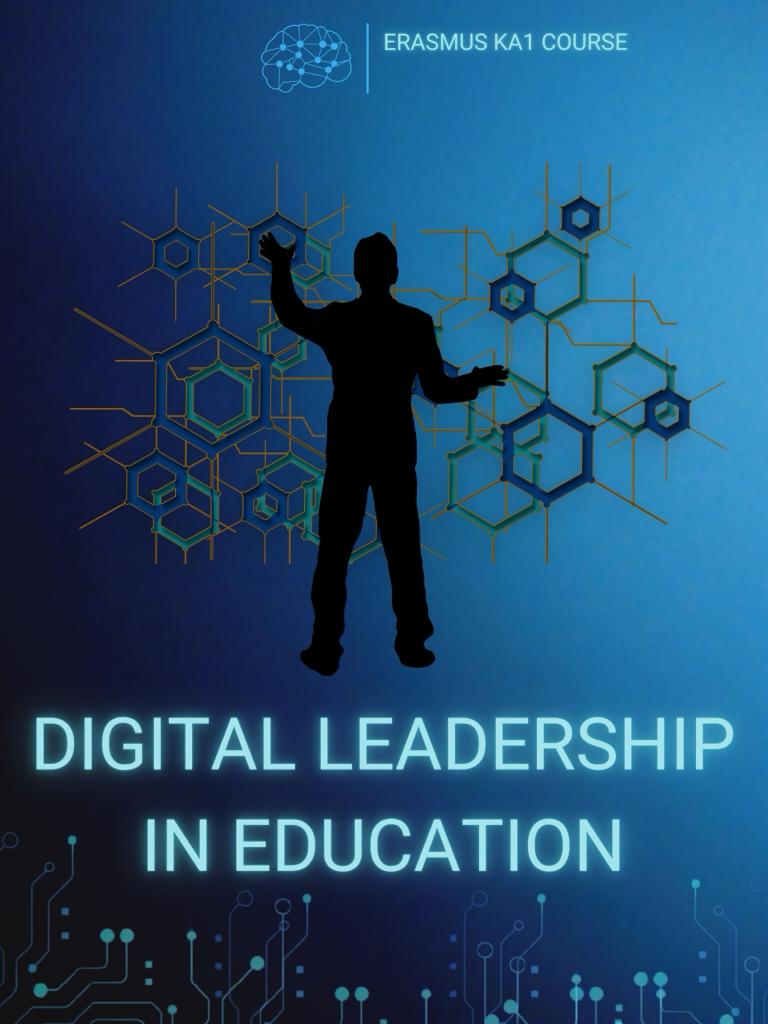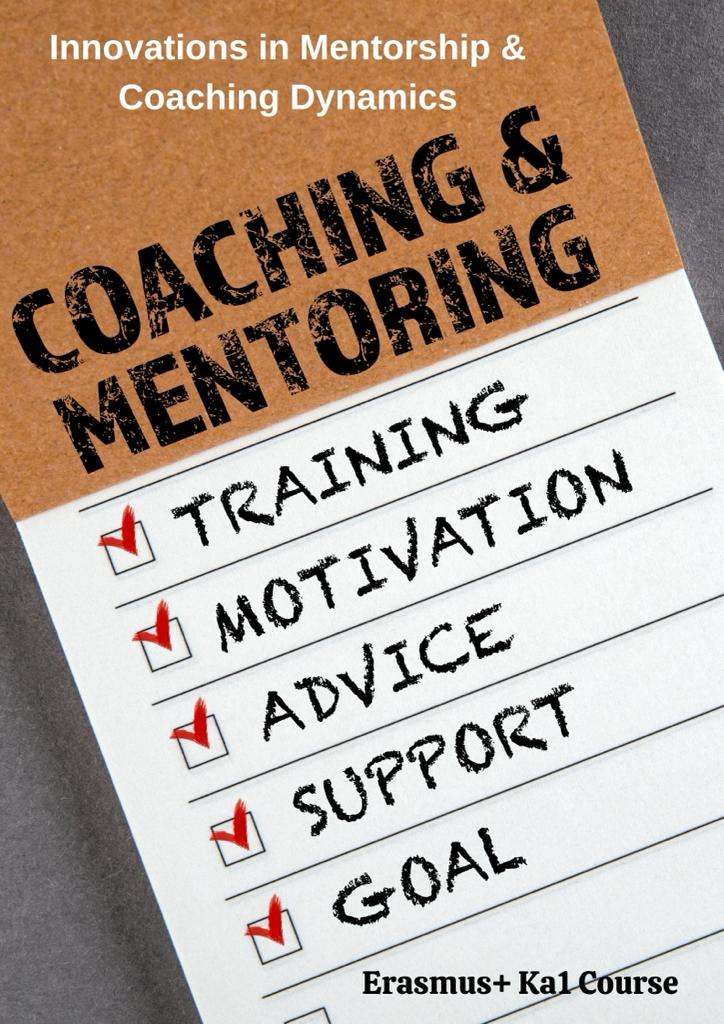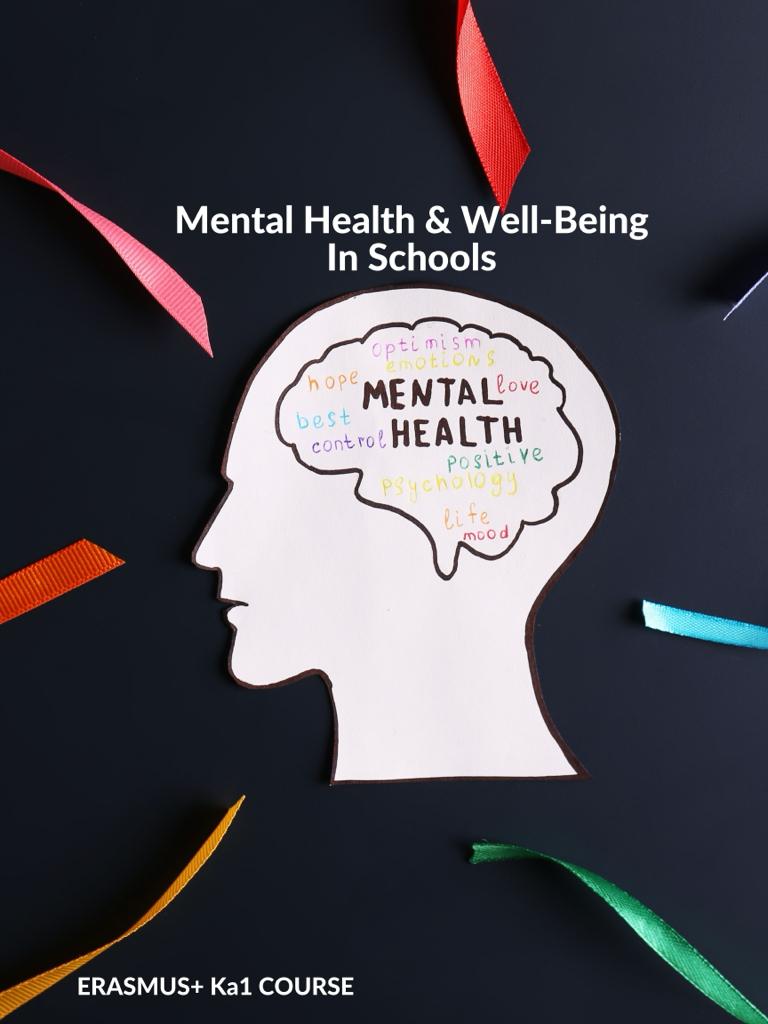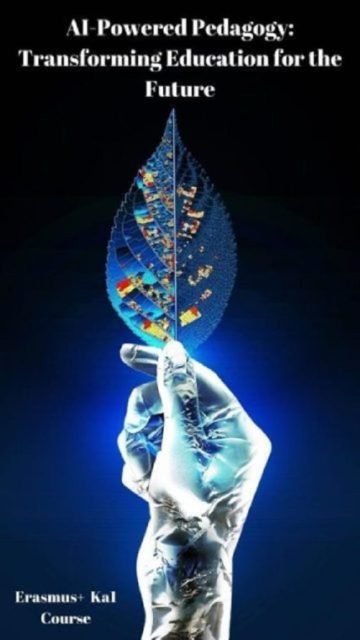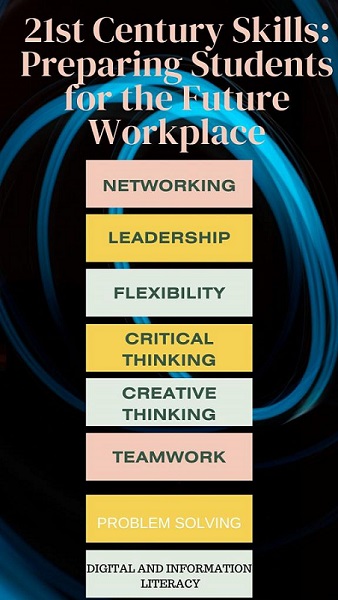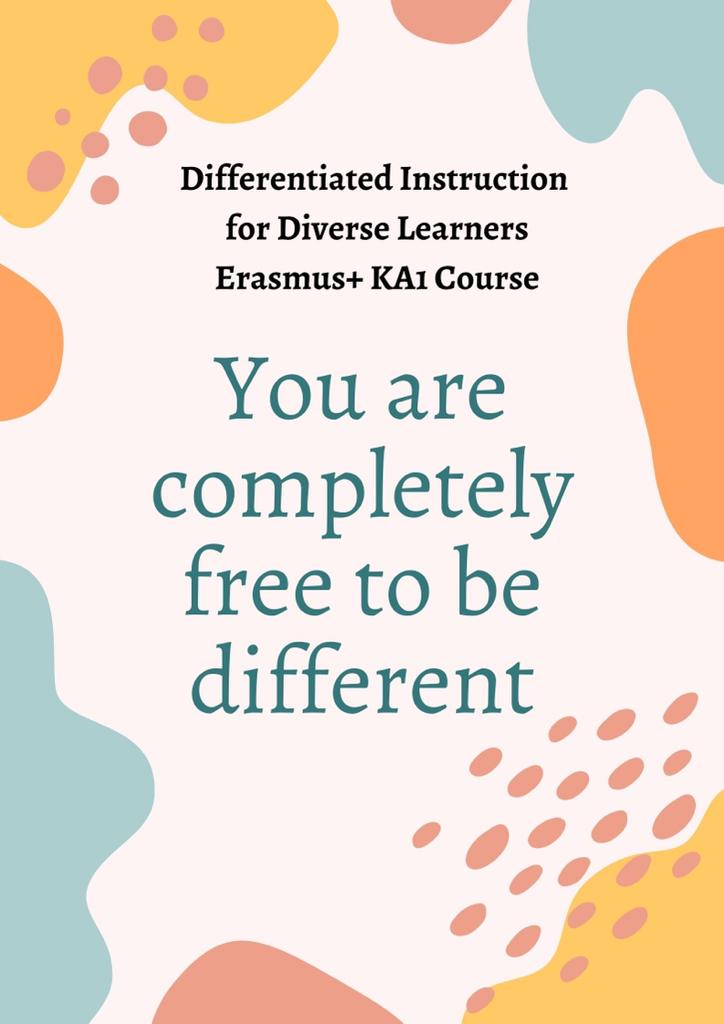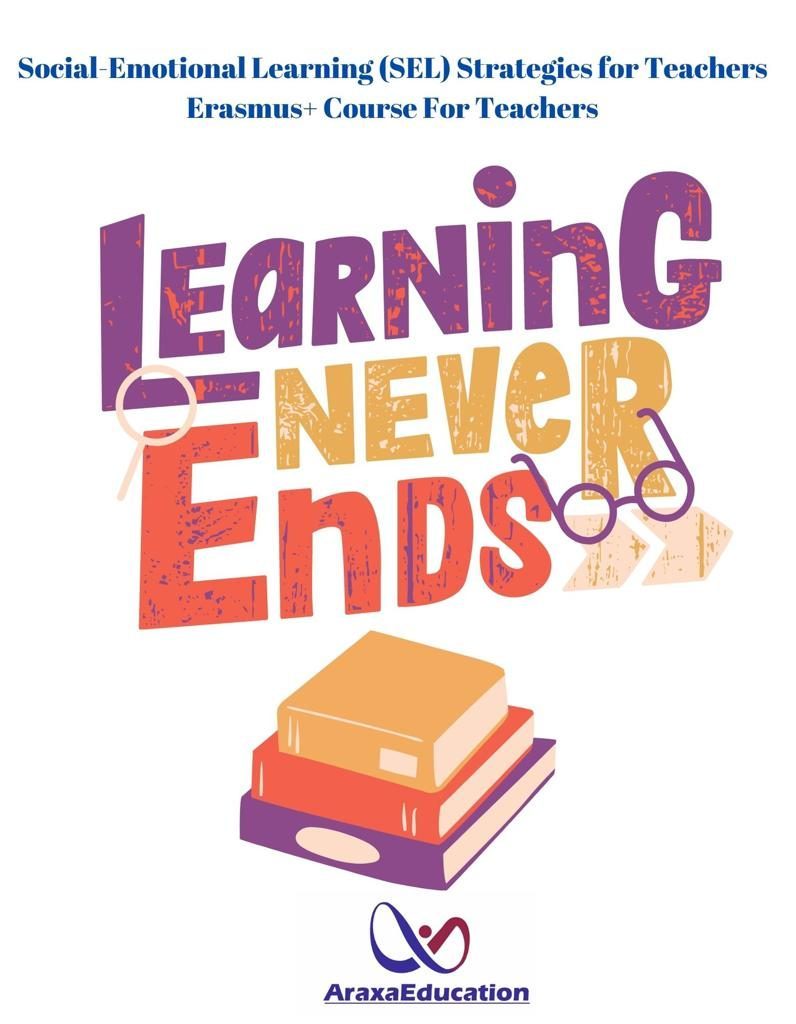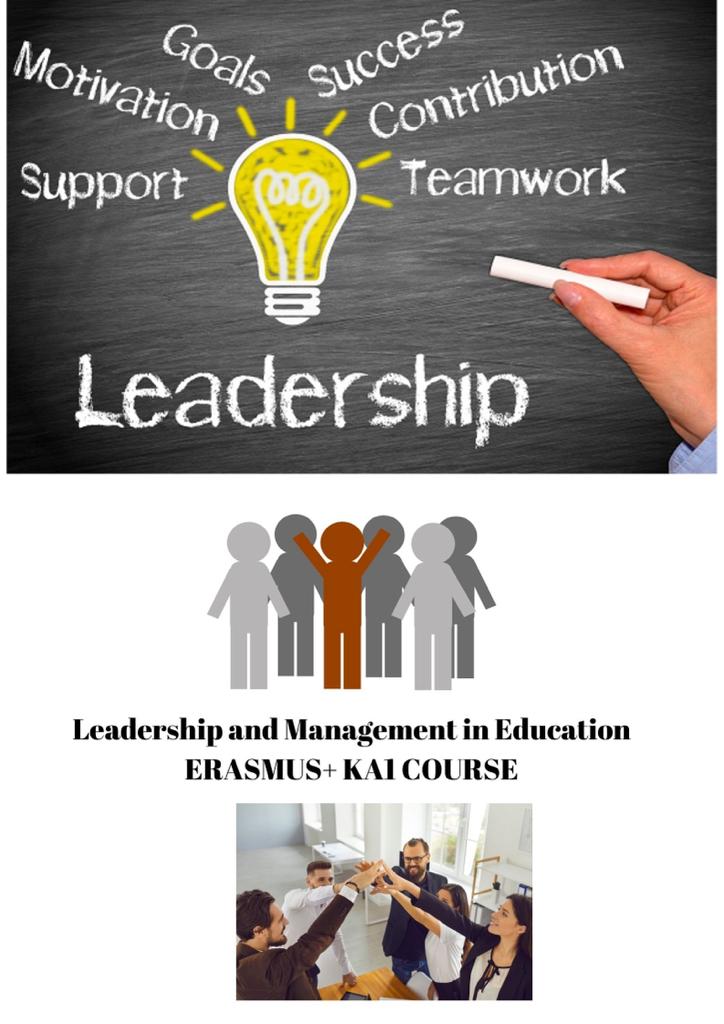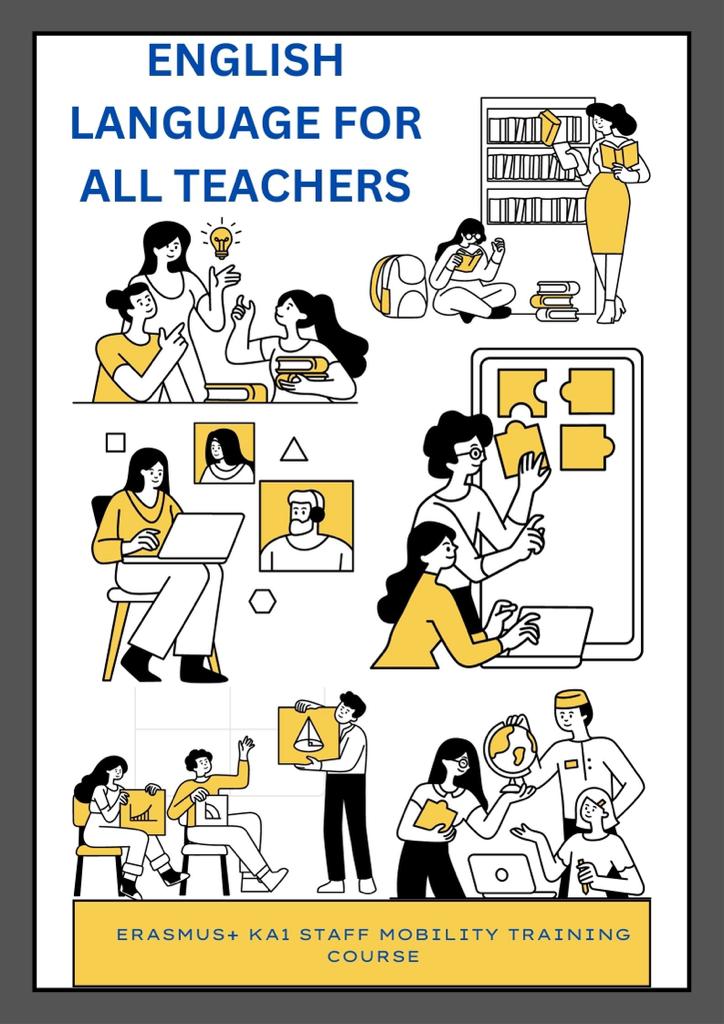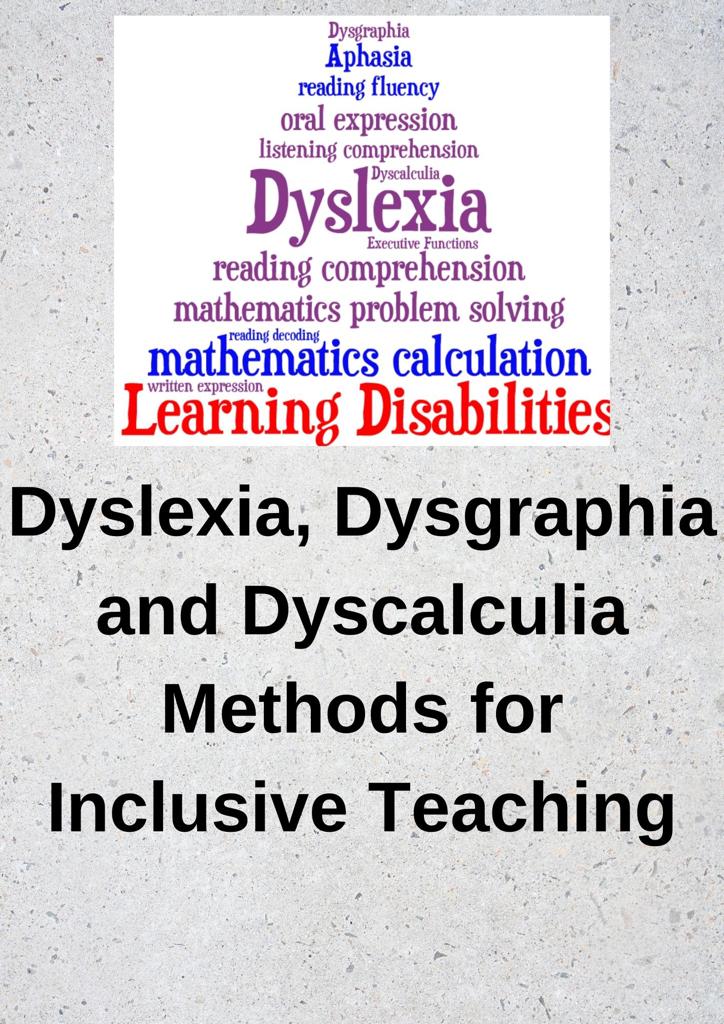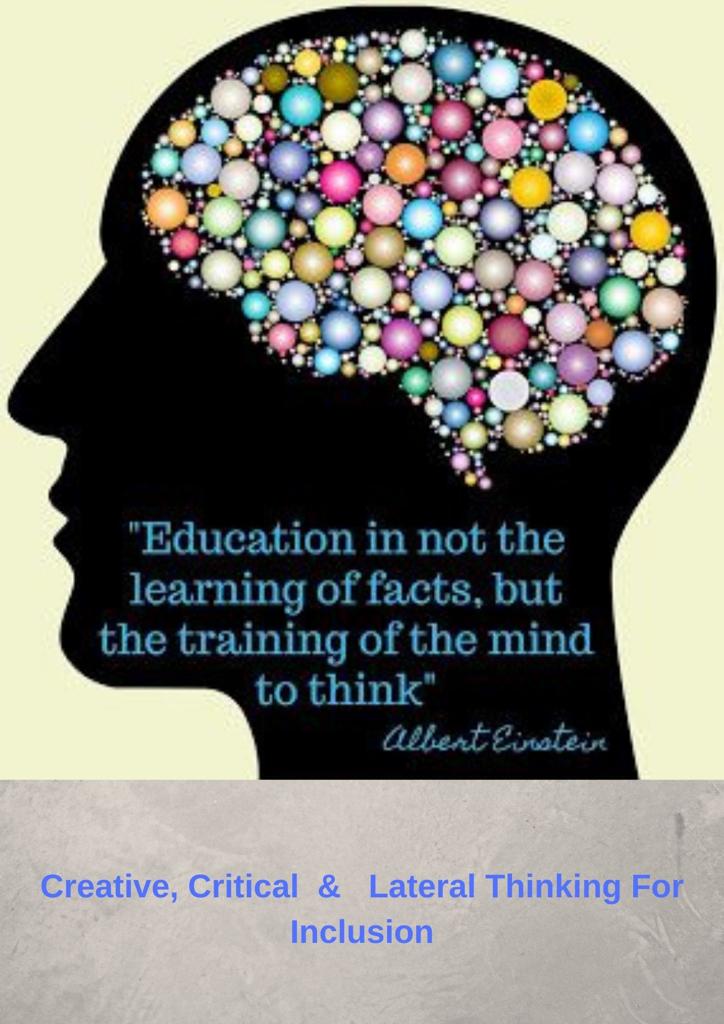|
Course Description |
Through an exploration of risk awareness and protective strategies, educators will learn to navigate the challenges adolescents face while fostering resilience in their students.
This course delves into the complexities of adolescent development, examining the interplay between risk factors and protective influences. Participants will uncover the various stressors and temptations that adolescents encounter, including peer pressure, social media influence, and family dynamics. By gaining insights into these risks, educators will be better equipped to recognize warning signs and provide timely support to their students. Furthermore, this course emphasizes the importance of protective strategies in mitigating the impact of risks on adolescent well-being. Educators will explore evidence-based approaches to building resilience in adolescents, such as fostering supportive relationships, promoting self-regulation skills, and cultivating a positive school environment. Through practical exercises and case studies, participants will learn how to implement these protective strategies effectively within their classrooms and schools. By the end of the course, educators will emerge with a comprehensive toolkit for understanding adolescent dynamics and promoting student success. Armed with a deeper awareness of risks and protective measures, participants will be empowered to create nurturing learning environments that support the holistic development of adolescents. |
|
Methodologies Of The Course |
The Adolescent Dynamics – Risk Awareness and Protective Strategies course employs a variety of interactive and participatory methodologies to facilitate effective learning and skill development. The methodologies include:
|
| Learning Outcomes | Upon completion of the Adolescent Dynamics – Risk Awareness and Protective Strategies program, participants will be able to:
|
| Language | English |
| Duration | 5 Days |
| Type of Certification Awarded |
|
Schedule of the activities
|
– Meeting with the trainer – Presentation of info pack – Q & A session |
| Day 1 | . Introduction to Adolescent Development: Key milestones and transitions.
· Overview of physical, cognitive, and socio-emotional changes during adolescence. · Exploring the influence of biological factors on adolescent behavior. · Interactive discussion: Case studies on typical adolescent developmental patterns. |
| Day 2 | · Recognizing common risk factors in adolescent behavior: Peer pressure, family dynamics, and societal influences.Strategies for identifying warning signs of risky behavior.
· Case study analysis: Identifying risk factors in real-life scenarios. · Group activity: Developing strategies for addressing specific risk factors in educational settings. |
| Day 3 | · Understanding protective factors in adolescent development: Supportive relationships, resilience skills, and community resources.
· Practical approaches to fostering resilience in adolescents. · Workshop: Implementing protective strategies in the classroom. · Role-playing exercises: Practicing supportive communication techniques with adolescents. |
| Day 4 | · Early intervention strategies for addressing risky behaviors.Collaborative approaches: Working with parents, school counselors, and community resources.
· Case study analysis: Developing intervention plans for adolescents in need of support. |
| Day 5 | · Reflective session: Reviewing key concepts and insights gained throughout the course.
· Action planning: Setting goals for implementing risk awareness and protective strategies in participants’ educational contexts. · Closing remarks: Celebrating accomplishments and discussing future steps. · Evaluation and feedback: Participants provide input on the course and suggestions for improvement. |
| Online Meeting Program | Araxa Edu supports your dissemination activities |
| PLANNED | İstanbul, Türkiye
1. 06 – 10 May, 2024 2. 27 – 31 May, 2024
Antalya, Türkiye 1. 03 – 07 June, 2024 2. 12 – 16 August, 2024
Alanya, Türkiye 1. 14 – 18 October, 2024 2. 25 – 29 November, 2024
|
You can also make requests for different dates and locations when filling out the pre-registration form, aside from the planned program.
The course fee is 80 euros per participant per day. This fee does not cover some expenses like accommodation, travel, etc. Costs covering enrollment fees for staff mobility format ‘Courses and training’. ( Source: Erasmus+ Program Guide)





